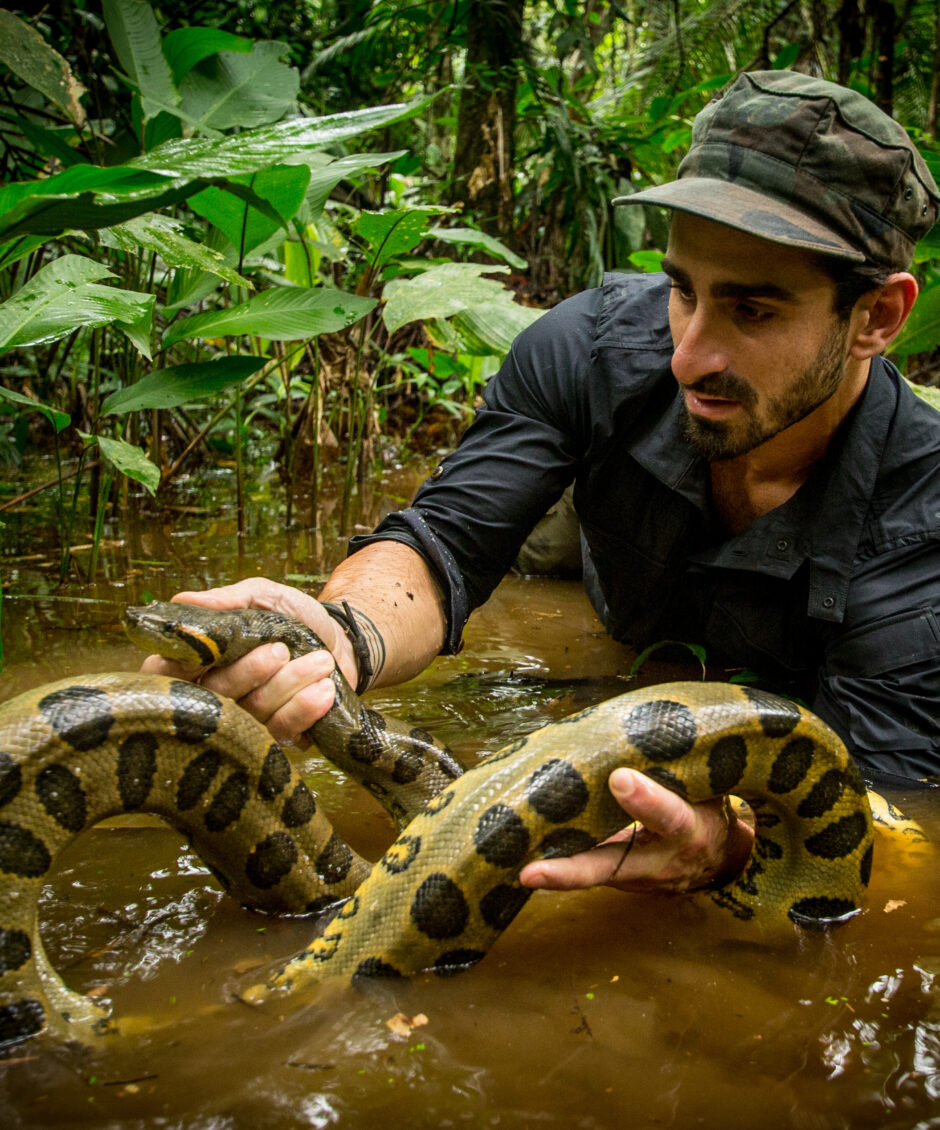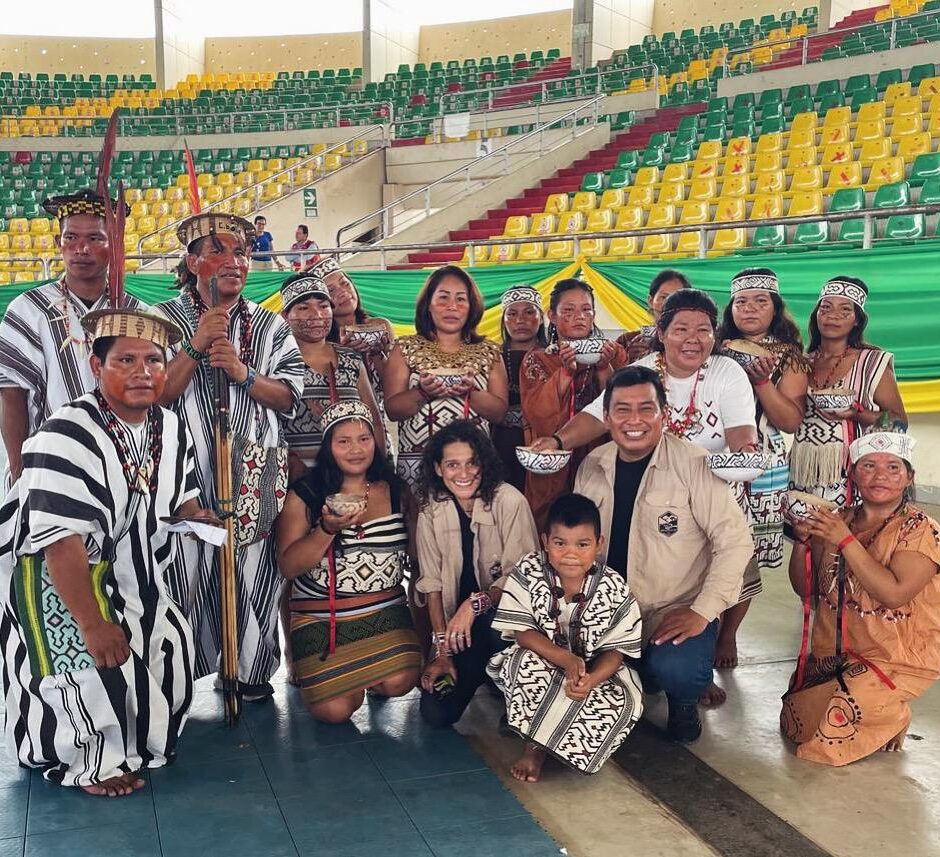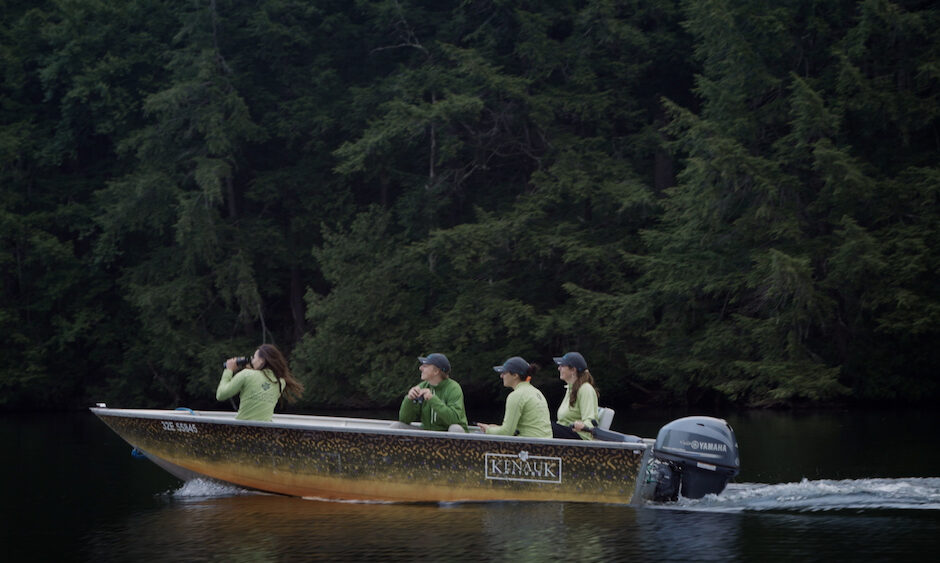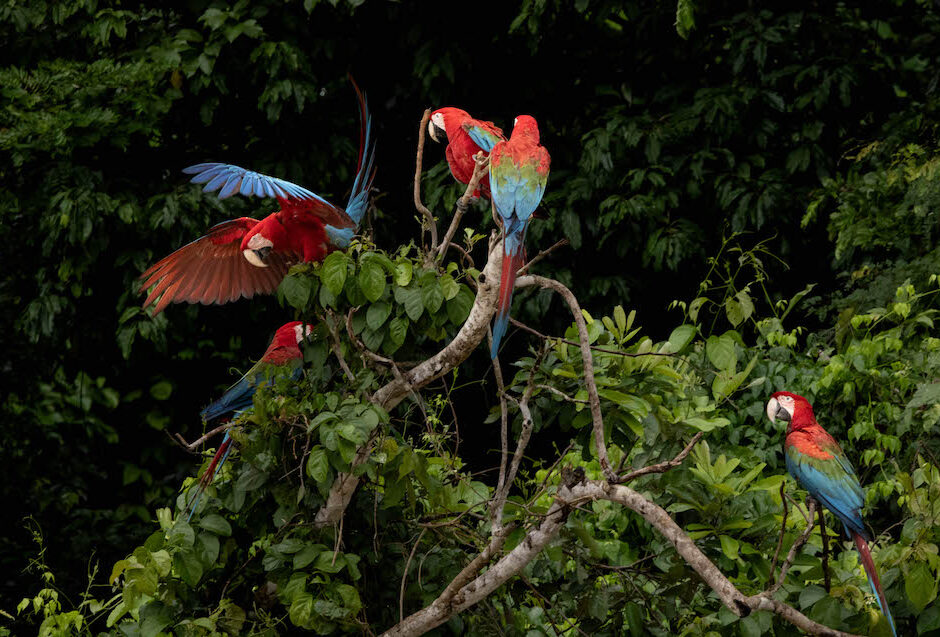These 3 Initiatives Are Preserving the Amazonian Rainforest. Here’s How.
Article

Discover the beauty and wonder of the Madre De Dios region through the eyes of Paul Rosolie. In this new article, the Junglekeepers founder and field director delves into the organization’s three partnerships with local and Indigenous communities.
Author
Paul Rosolie
Topics
It recently occurred to me that when we hear about the Amazon Rainforest, we are most often confronted with information about its destruction: statistics on fires, gold mining, endangered species — various kinds of loss. However, one of the most exciting and rewarding aspects of working in the Amazonia region (and conservation in general, at a time like ours) is getting to know the incredible people working day and night to help protect, preserve, nurture, and restore the natural world as well as its species, habitat, and culture.
Junglekeepers focuses on the Las Piedras River in the Madre de Dios region of Peru, a watershed between several famous national parks, Indigenous reserves, and other designated protected areas. While the Las Piedras itself remains largely unprotected, when Junglekeepers began collaborating with Age of Union, the team was keen on building our ranger program, fighting off invasions, studying local flora and fauna, and establishing the area as the incredible conservation corridor it has the potential to be. With that in mind as our ultimate goal, we also recognized another brilliant opportunity: supporting existing local conservation efforts.
By focusing on existing initiatives led by the community, Junglekeepers and Age of Union can provide crucial financial and tactical support to projects in need and help highlight their important work. Over time, it has been disheartening to witness incredible projects run by amazing, dedicated people around the world that don’t get the attention or support they deserve. This is precisely why Age of Union and Junglekeepers developed an umbrella program that brings together the best and the brightest to fight for a brighter future. Here are the three sub-projects that I am proud to say receive support as part of the umbrella:

1. Amazon Shelter
Amazon Shelter is a dedicated initiative focused on protecting the wounded and orphaned animals of the Amazon Rainforest. As logging, gold mining, and the rapid expansion of roads sweep across the region, thousands of animals are killed and displaced daily. Everyone knows it is a tragedy, but only one person has dedicated her life to doing something about it: let me introduce you to Magali Salinas.
I first met Magali over a decade ago when I used to bring students and tourists to Amazon Shelter. It was an opportunity for them to learn about the plight of animals in the region and the incredible work being done to help them. I recall encountering a spider monkey whose mother had been shot and killed. Under Magali’s care, the monkey, once orphaned and scared, was nursed back to health. As she strolls around the various enclosures, you’ll often find her engaging with the animals, sometimes with a monkey or bird perched on her shoulder, in her hands, or even atop her head. Among the numerous success stories at Amazon Shelter, a tapir once held in captivity now thrives within the sanctuary’s boundaries. Over the years, I’ve seen Magali rehabilitate deer, tyra, sloth, tapir, peccary, spider monkeys, tamarins, macaws, and so much more. Her specialty, however, remains the howler monkeys.
With their deep mahogany red fur, wise faces and booming, haunting voices, howler monkeys are one of the most striking species of the Neotropics. Unfortunately, they are often hunted for food in the Madre de Dios region. Many young howlers come to Amazon Shelter as orphans, where they are hand-nurtured back to health. As Magali has discovered, you cannot just release these animals back into the wild and expect them to live. Instead, a comprehensive rehabilitation process, including physical recovery and integration into a family group, must occur before contemplating their reintroduction to their natural habitat. This intricate process has made her a leading figure in its execution. Her tireless commitment to these animals is heartwarming, to say the least. It makes me proud to know that as Junglekeepers grows to protect more land, we could soon share news of families of howler monkeys (and other species) nurtured and cared for and rehabilitated by Magali. Through this collaboration, we envision entire families being rewilded and thriving along the Las Piedras River.
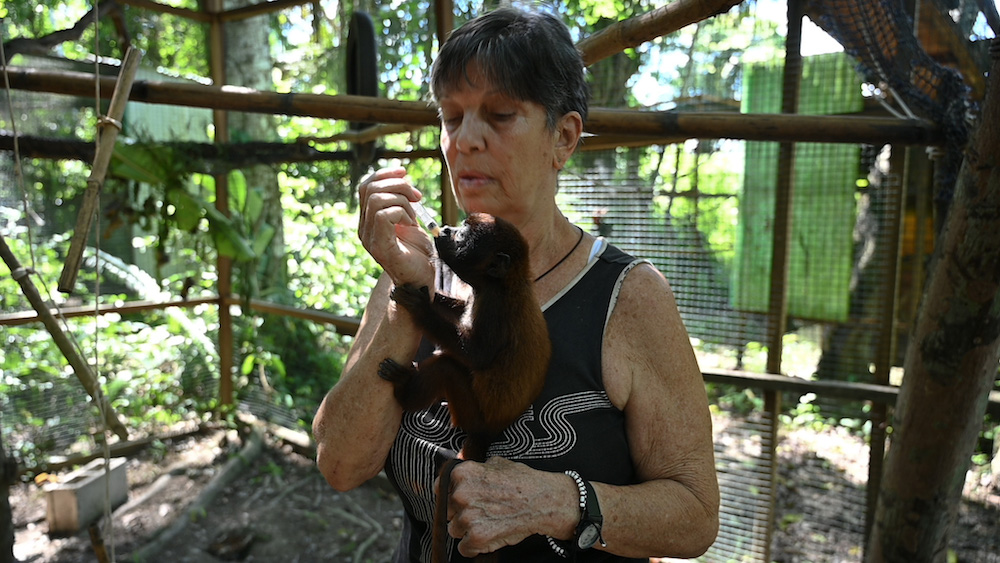
2. ARBIO
In a distinct approach, ARBIO, a non-profit organization (NGO) in Peru, operates in the Madre de Dios, focusing on protecting ancient trees. Since 2010, the women-led organization has maintained a small but dedicated team of rangers to protect the forest in one of the most threatened parts of the Las Piedras watershed.
Tatiana Espinosa, a forestry engineer with over 20 years of experience in the region, is at the forefront of ARBIO. She has dedicated her life to protecting the crucial Shihuahuaco tree, which is being extracted at alarming rates from the region. Through this work, the ARBIO team has shed light on the plight of this ancient and crucial pillar of the forest. Shihuahuaco trees, scientifically known as Dipteryx Micrantha, are, on average, about 600 years old, with some surpassing 1,324 years old. These remarkable Millennium Trees are a treasure with complex ecosystems crucial to the matrix of life in the Amazonia. Their loss would be irreplaceable, making their preservation a matter of utmost importance.
When I first encountered ARBIO, what struck me was their remarkable dedication despite their relatively small size as an organization. They had anchored their mission to a specific and vital aspect of the region’s story. At the core of their work is the realization that we are facing the loss of something that must be protected. Along the Las Piedras River, loggers come downstream almost daily, transporting barges filled with valuable Shihuahuaco trees. On the logging roads, we witness a constant flow of trucks per day for years on end, with dozens passing by daily. The losses are devastating and exponential but could be mitigated if the Peruvian government listed the species as endangered. It is encouraging to see the team at ARBIO continually fighting for these trees, leveraging the media, photos, video, and storytelling to rally support and save one of the world’s most beautiful species before it is too late.
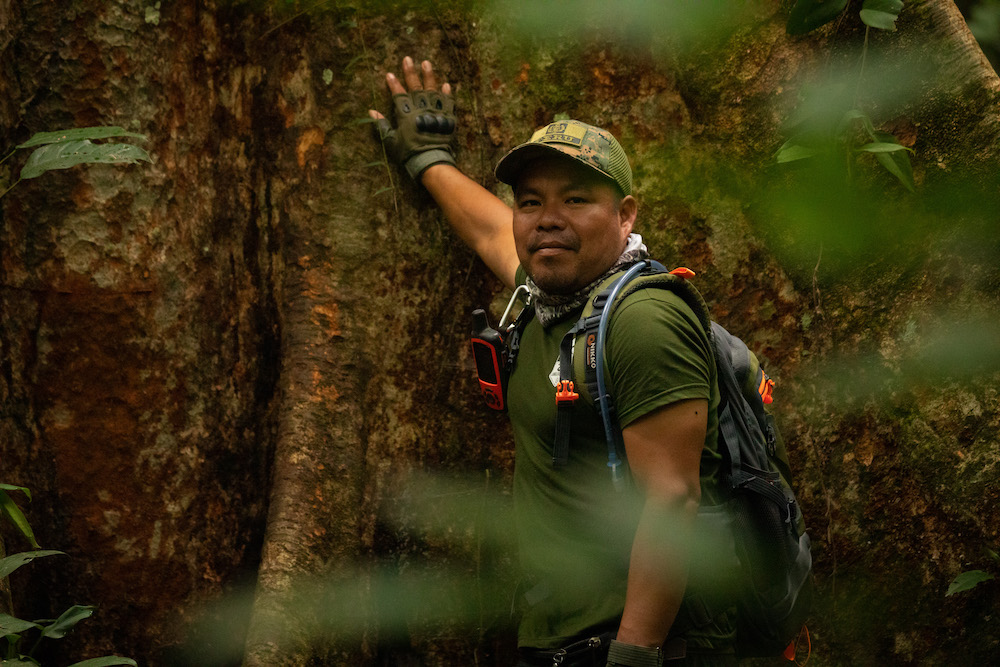
3. Cocinando Y Conservando
Founded by our very own Roy Riquelme, who currently serves as the President of Junglekeepers, Cocinando Y Conservando is an NGO dedicated to the health and wellness of the people of the Madre de Dios region. Roy firmly believes that the souls of the Amazonian people are intricately connected to the rainforest and that culinary traditions are one of the key ways to nurture this bond. For over a decade, he has been working to encourage and promote a connection to the land, improve health and wellness, and foster sustainability. This includes working in some of the most remote villages in the region and helping restore areas where the rainforest has been slashed and burned.
When I see Roy in the field, surrounded by the leaders of local Indigenous communities, the mood turns festive. He has a remarkable way of getting everyone on their feet to gather and prepare food. People are invited to wash vegetables and meat, chop onions, and mash plantains. Roy gracefully navigates the cooking space, giving instructions, teaching, critiquing, and dipping a finger to taste. He laughs as he goes, saying things like: “That could use more aji spice,” or “There’s too much salt; let’s add more water.” Roy is a master chef fully at ease in the wilds of the Amazon, using fruits, berries, and animal products from the forest in fusion with more common household items. Through his guidance, he not only teaches people how to cook more healthily and sustainably but also creates a culture in the kitchen that serves as an example to follow.
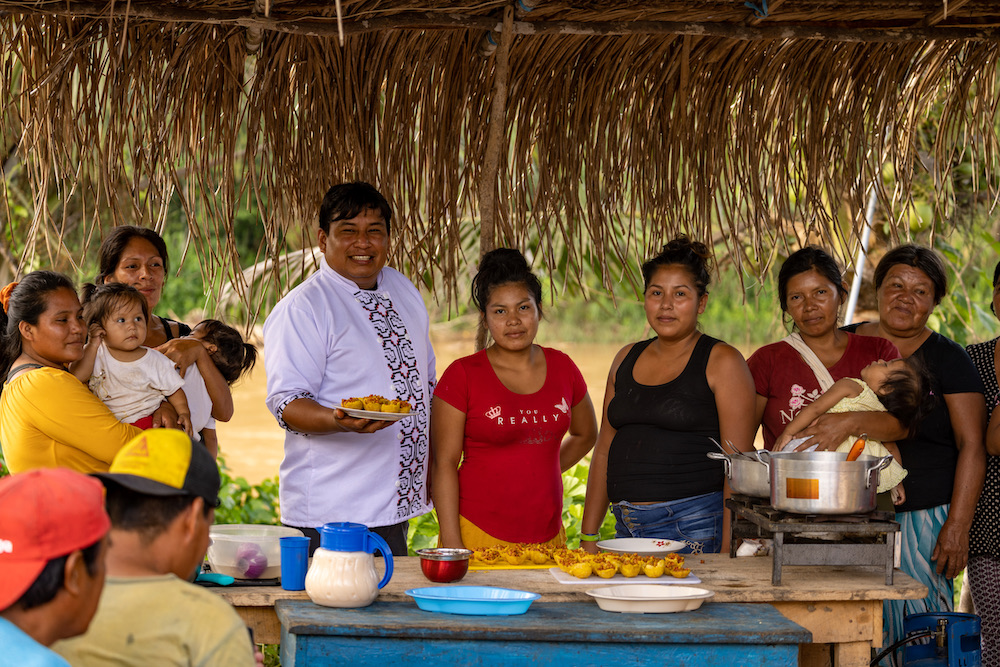
Reflecting on these projects, I am filled with hope for the future. From rewilding endangered species and hand nurturing orphaned primates to protecting the ancient pillars of the forest that are habitat for thousands of life forms to helping to create a more sustainable and healthy culture through local cuisine, these critical projects are strengthened under the Junglekeepers umbrella made possible thanks to the support of Age of Union. The Amazon Rainforest no longer solely symbolizes loss and urgency; it has become a testament to the efforts of inspiring changemakers working towards a future that brims with promise for this magnificent and untamed sanctuary.
Credits
Mohsin Kazmi
Topics
Article written by
Paul Rosolie
Paul Rosolie is an American conservationist and author. He is also the founder and field director of Junglekeepers. His 2014 memoir "Mother of God" details his experiences working in the Amazon rainforest in southeastern Peru.
Related
articles
Project, South America
Puerto Nuevo Indigenous Community Secures Land Title After 25 Years of Effort
America, Film, News, Project
Age of Union Reveals New “On the Frontline” Episodes Featuring Kenauk Reserve’s Conservation Efforts
America, Explainer, Project, South America
The Braided Lives of Birds and Trees in the Western Amazon
Project
More articles
South America
How Technology is Opening New Windows into Unseen Parts of the Wild
Black Hole Experience, News
Electronic Music Artist Jacques Greene Unveils Bespoke Track “Ligo” for Black Hole Experience at MUTEK
Project, South America
Puerto Nuevo Indigenous Community Secures Land Title After 25 Years of Effort
Black Hole Experience, Explainer
